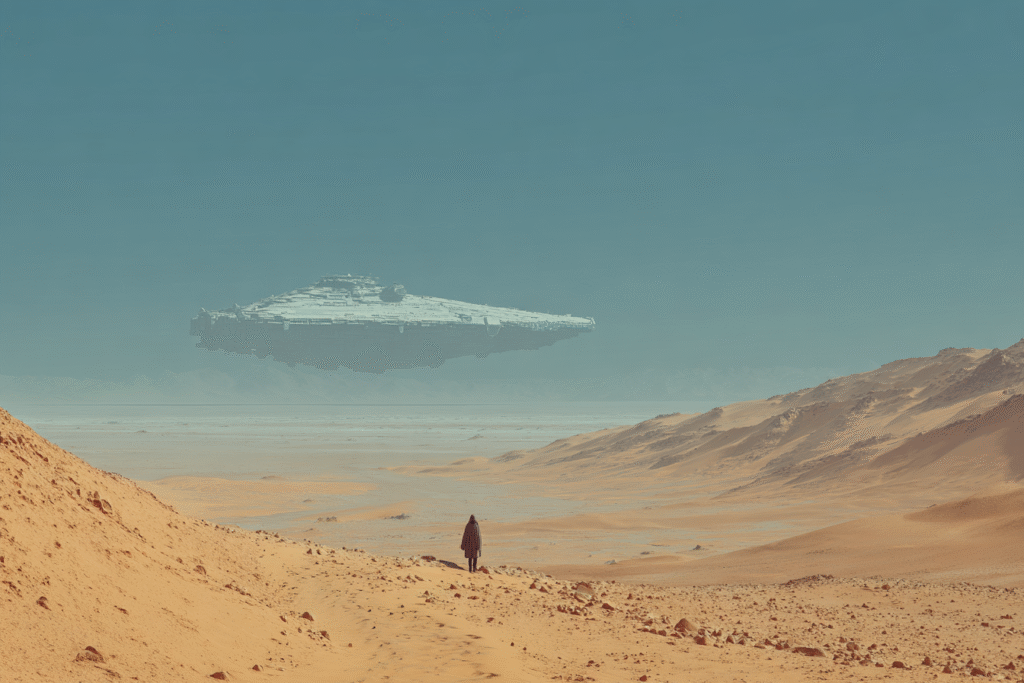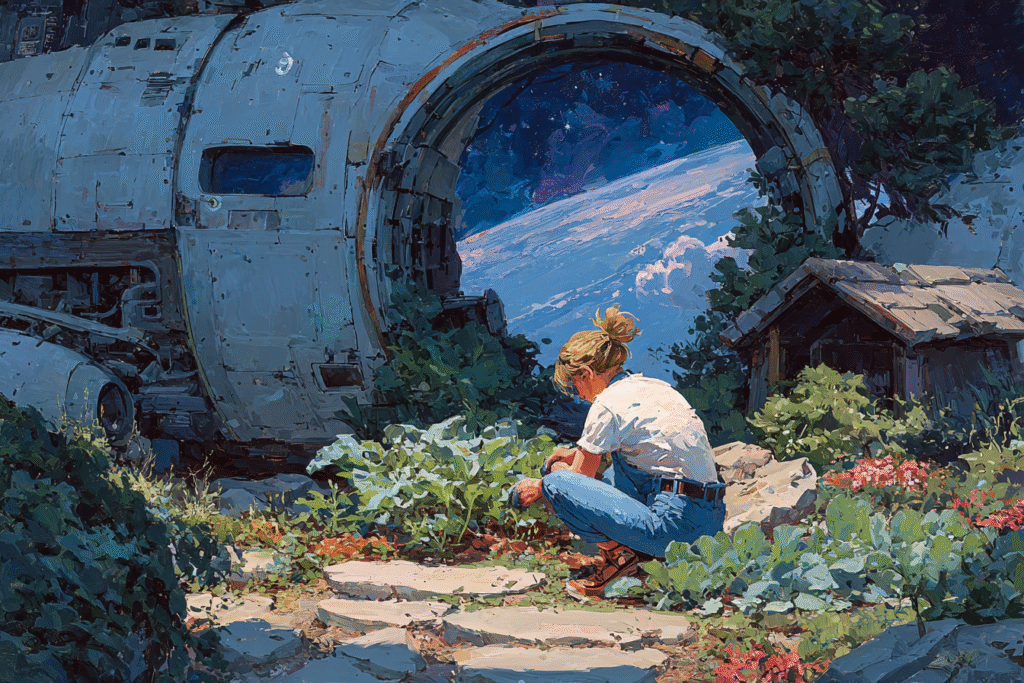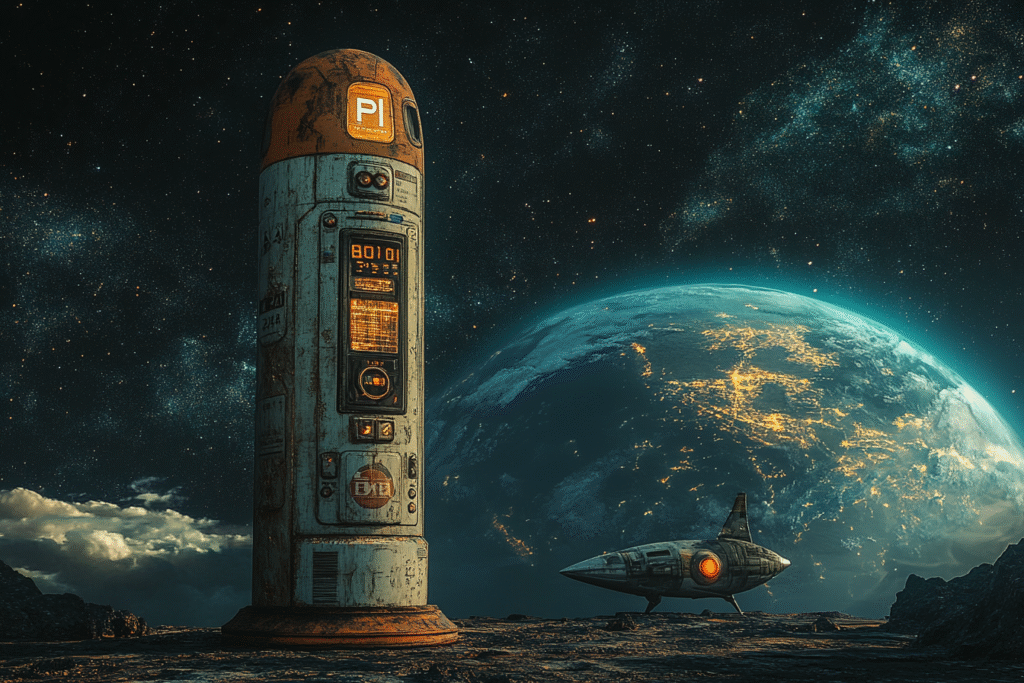“If Amazon Collapsed Tomorrow…”
What if Amazon collapsed tomorrow? Thousands of exclusive authors would lose their income overnight, and Kindle Unlimited readers would find their go-to content gone. In this speculative thought experiment, I explore how such a collapse would reshape the indie publishing landscape—for authors, readers, and the future of storytelling.










